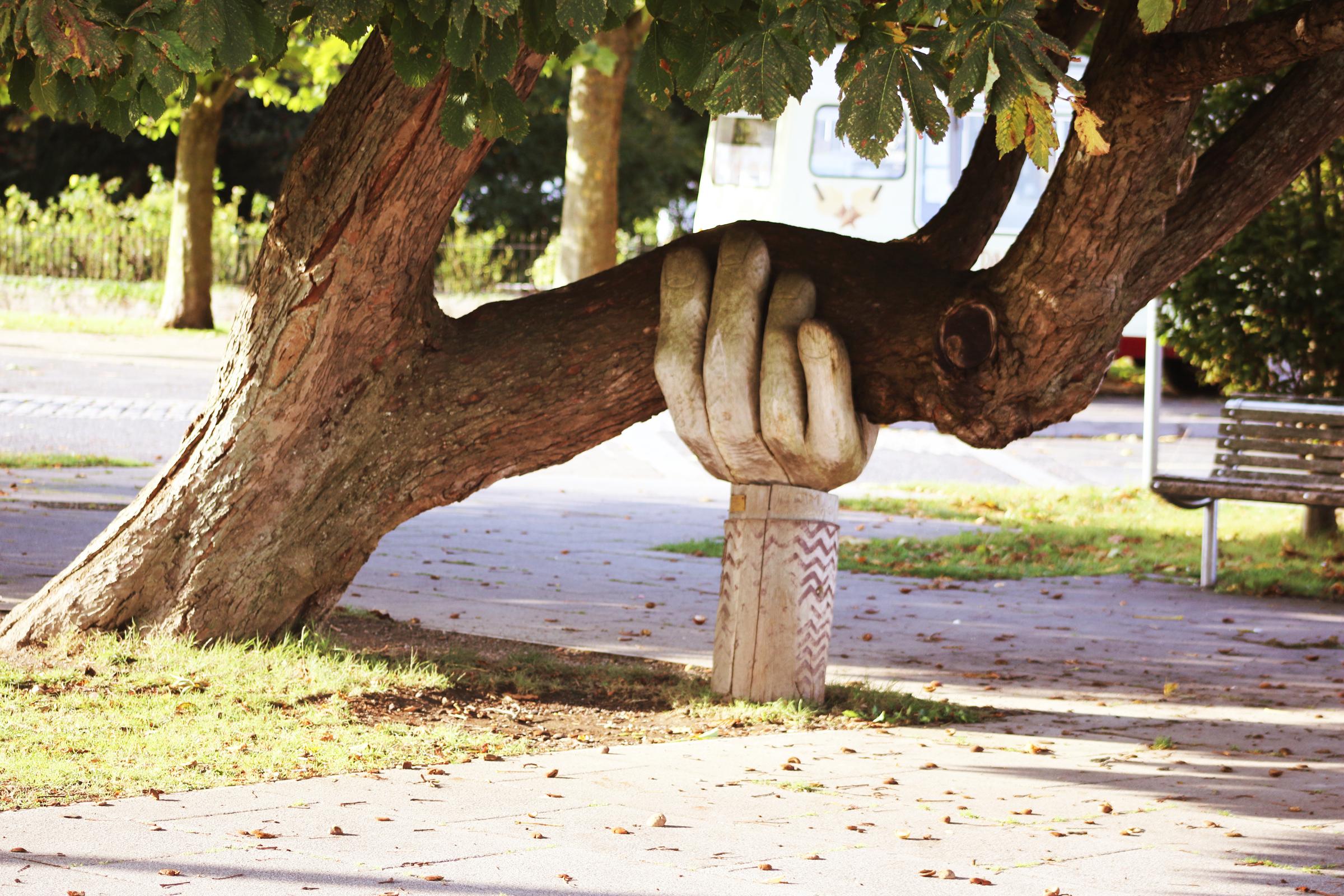Assistant Principal
Danielle Frost

Assistant Principal
Danielle Frost
Peer Support
This term, the Year 5 and 6 students will lead the younger students in a Peer Support Program. The groups will run in Weeks 9 and 10, Monday - Thursday afternoon from 2.10 - 2.50 pm. The overarching theme of the group activities will be based on “The Zones of Regulation." The activities have been linked to St Margaret Mary’s Vision and Mission.
The students from Kinder - Year 4 will be put into mixed groups and will be led by the Year 5/6 Peer Support Leaders. In Weeks 6 - 8, Miss Kelly, Miss Courtenay and myself will work with our senior students to prepare them to lead their groups.
The activities have been developed with the leaders and are linked to the content presented in the Kinder - Year 6 PDHPE Syllabus.
The lessons and activities have been designed by occupational therapist Leah Kuypers to help children gain skills in the area of self-regulation. Self-regulation can go by many names, such as self-control, self management, and impulse control. It is defined as the best state of alertness of both the body and emotions for the specific situation. For example, when a student plays on the playground or in a competitive game, it is beneficial to have a higher state of alertness. However, that same state would not be appropriate in the library.
The lessons and learning activities are designed to help the students recognise when they are in the different Zones as well as learn how to use strategies to change or stay in the Zone they are in.


Blue Zone: Used to describe a low state of alertness. The Blue Zone is used to describe when one feels sad, tired, sick, or bored.
Green Zone: Used to describe the ideal state of alertness. A person may be described as calm, happy, focused, or content when he or she is in the Green Zone. The student feels a strong sense of internal control when in the Green Zone.
Yellow Zone: Used to describe a heightened state of alertness. A person may be experiencing stress, frustration, anxiety, excitement, silliness, or fear when in the Yellow Zone. The student’s energy is elevated yet he or she feels some sense of internal control in the Yellow Zone.
Red Zone: Used to describe an extremely heightened state of alertness. A person may be experiencing anger, rage, explosive behaviour, panic, extreme grief, terror, or elation when in the Red Zone and feels a loss of control.
In addition to addressing self-regulation, the students will gain an increased vocabulary of emotional terms, skills in reading other people’s facial expressions, perspective about how others see and react to their behaviour, insight into events that trigger their behaviour, calming and alerting strategies, and problem solving skills.
A critical aspect of this curriculum is that all team members know and understand The Zones language. This creates a comfortable and supportive environment for the students to practise their self-regulation skills. It also helps the student learn the skills more quickly and be more likely to apply them in many situations.
You can support your child at home during this process by doing the following:
• Use the language and talk about the concepts of The Zones as they apply to you in a variety of environments. Make comments aloud so the student understands it is natural that we all experience the different Zones and use strategies to control (or regulate) ourselves. For example, “This is really frustrating me and making me go into the Yellow Zone. I need to use a tool to calm down. I will take some deep breaths.”
• Help your child gain awareness of his or her Zones and feelings by pointing out your observations.
• Validate what Zone your child is in and help them brainstorm expected ways to self-regulate so their behaviour is expected for the context.
• Share with your child how their behaviour is affecting the Zone you are in and how you feel.
• Help your child become comfortable using the language to communicate their feelings and needs by encouraging them to share their Zone with you.
• Show interest in learning about the student’s triggers and Zones tools. Ask your child if they want reminders to use these tools and how you should present these reminders.
• Ask your child to frequently share their Zones Folder with you and talk about what he or she has learned.
• Make sure to positively reinforce children for recognizing their Zone and managing their behaviours while in it, rather than only pointing out when students are demonstrating unexpected behaviours while in a Zone.
It is important to note that everyone experiences all of the Zones—the Red and Yellow Zones are not the “bad” or “naughty” Zones. All of the Zones are expected at one time or another. The Zones of Regulation is intended to be neutral and not communicate judgement.